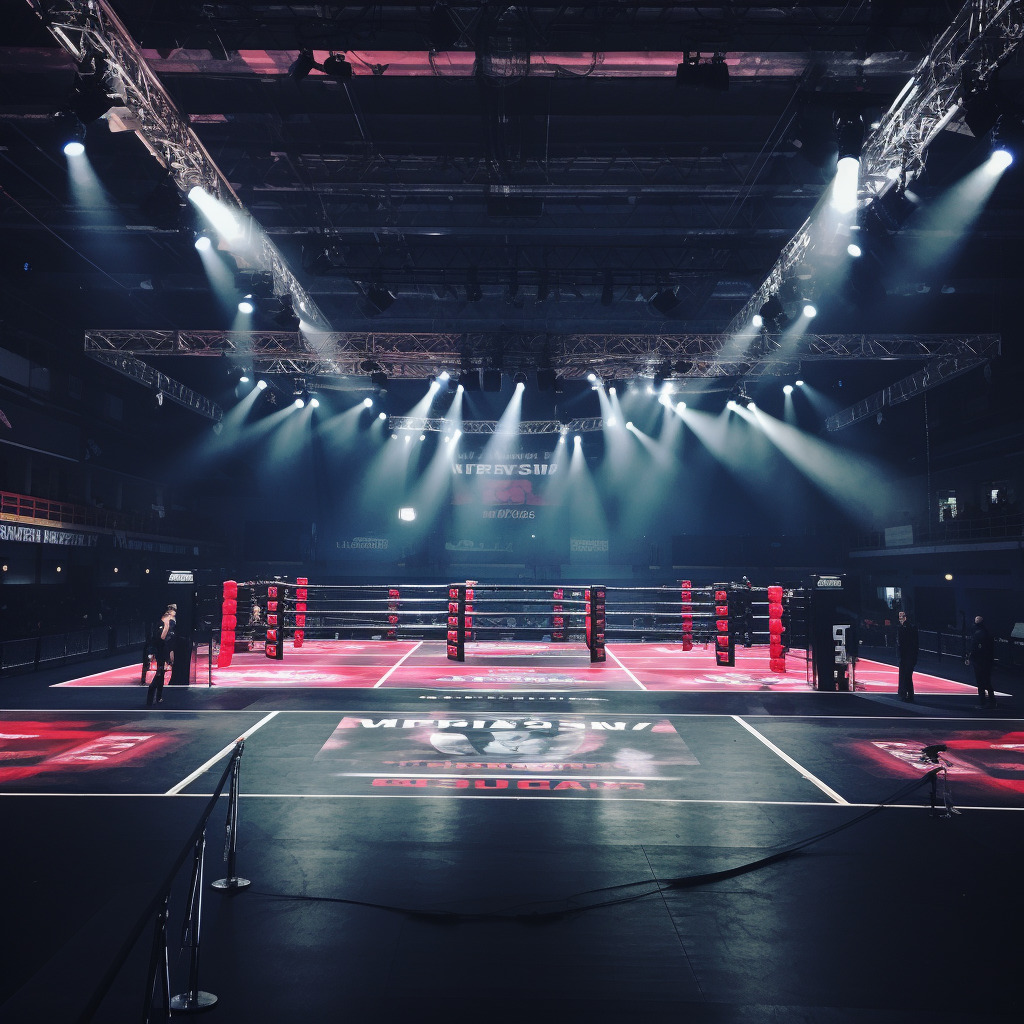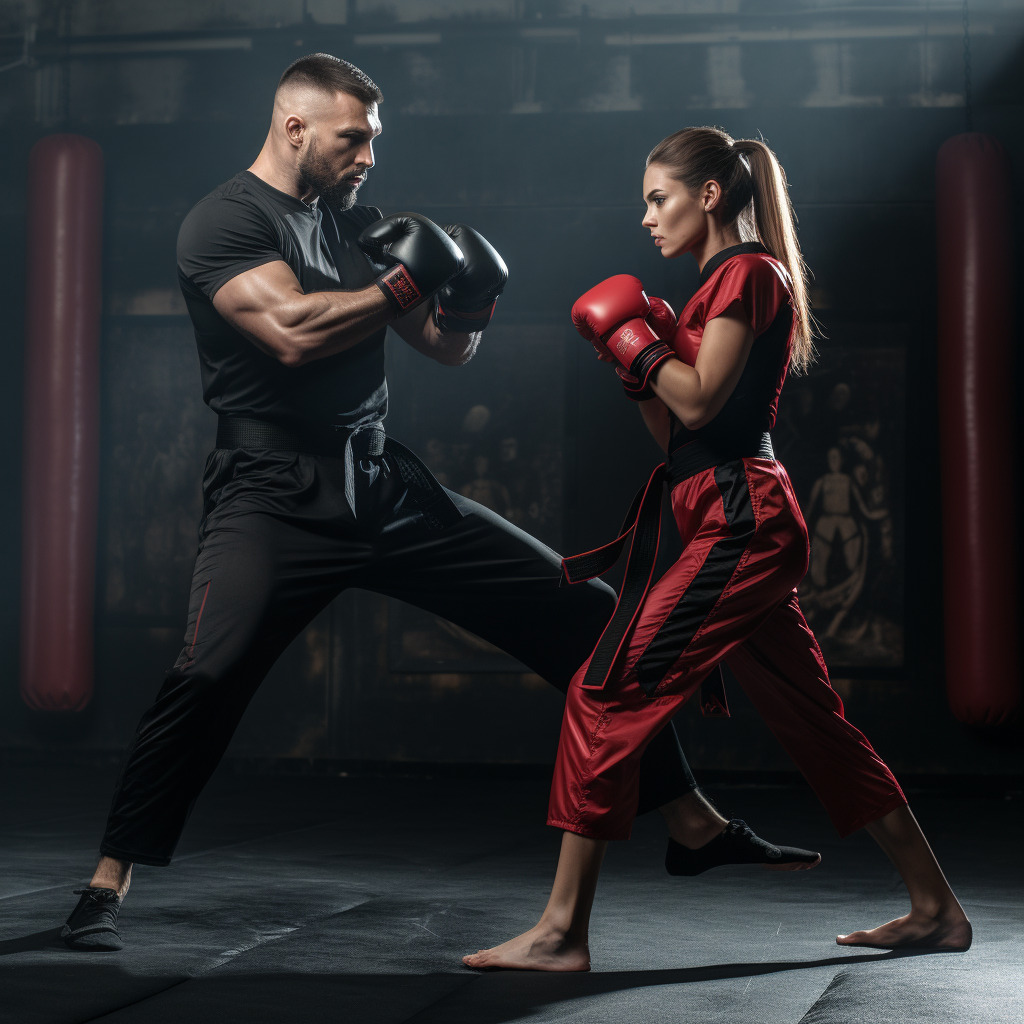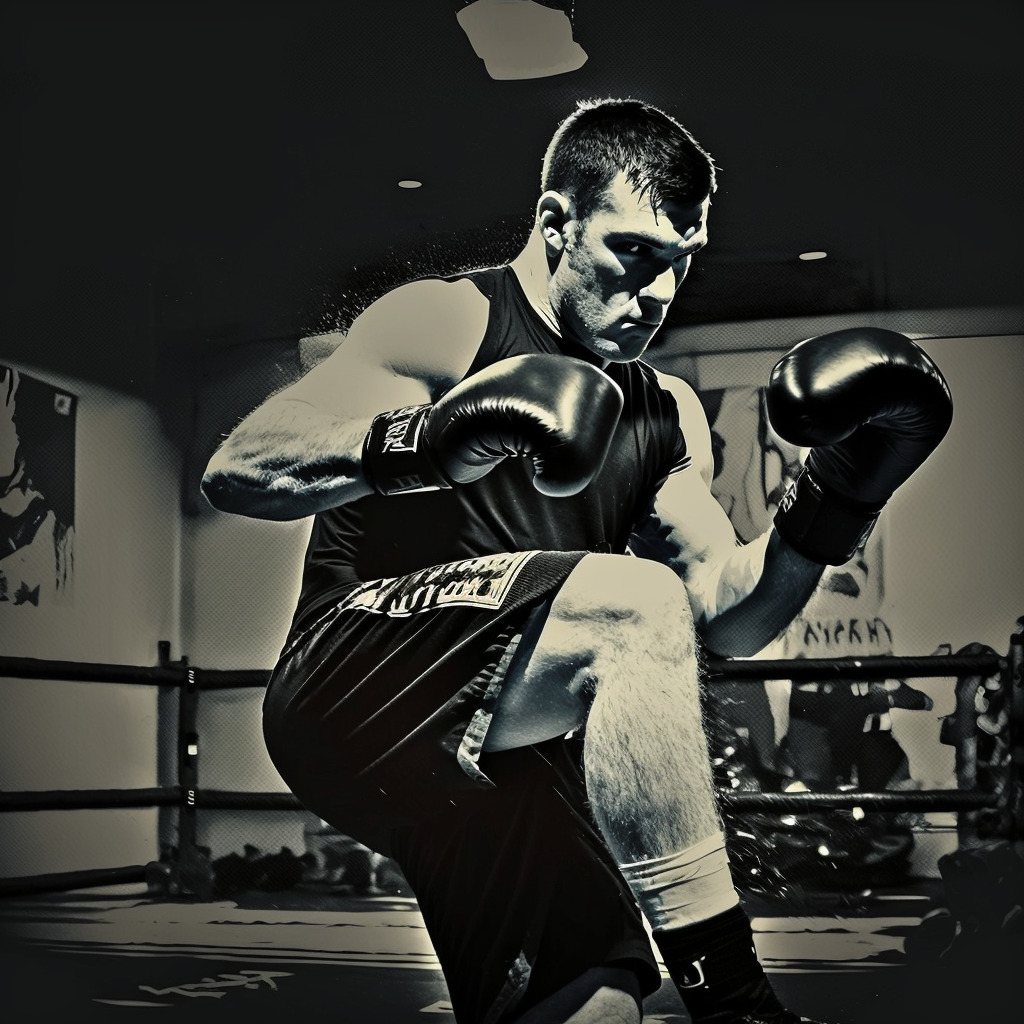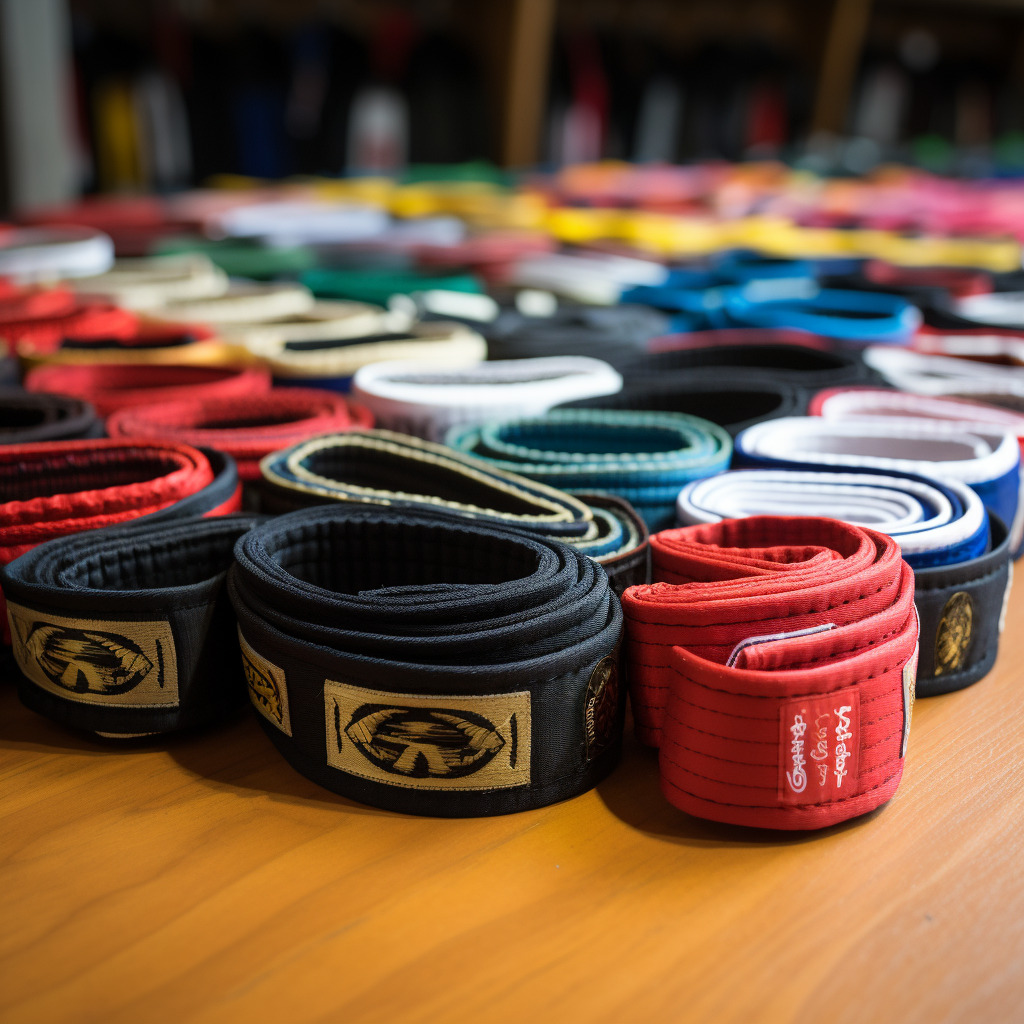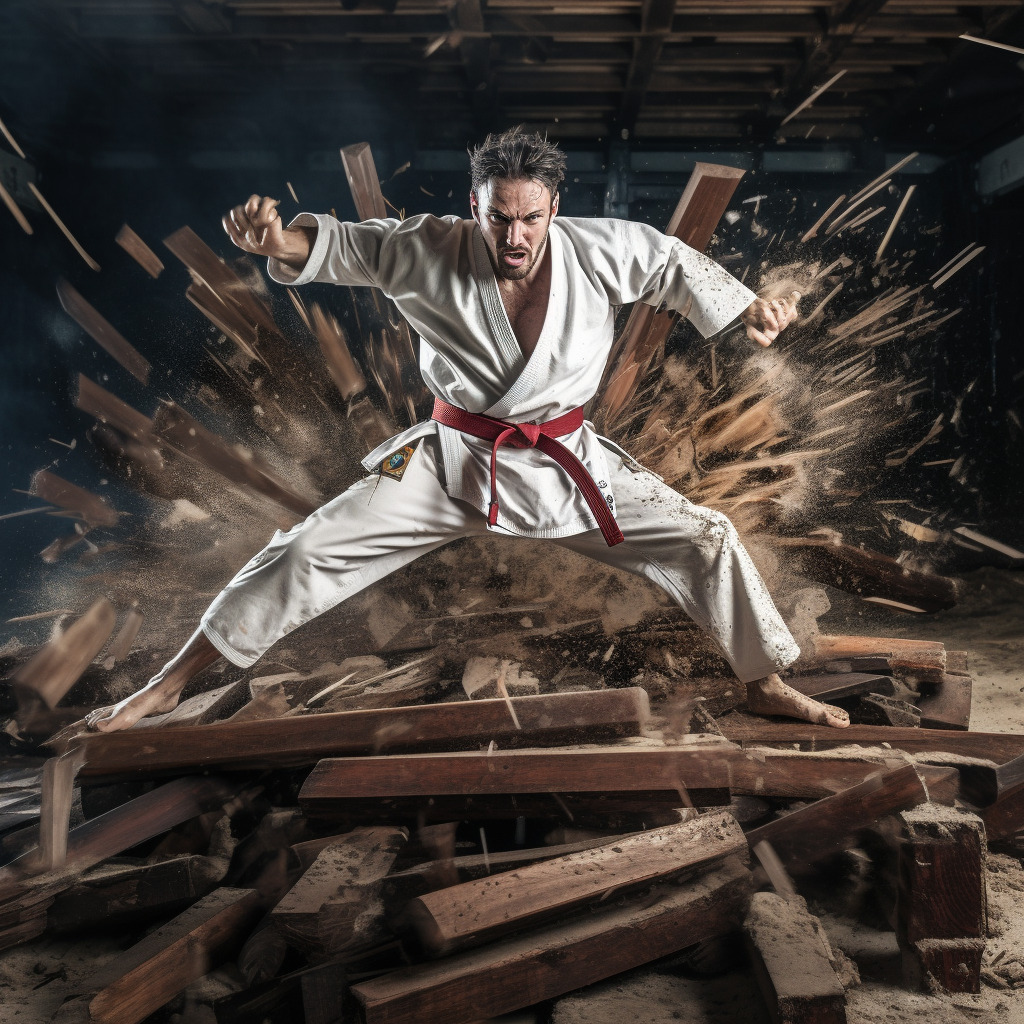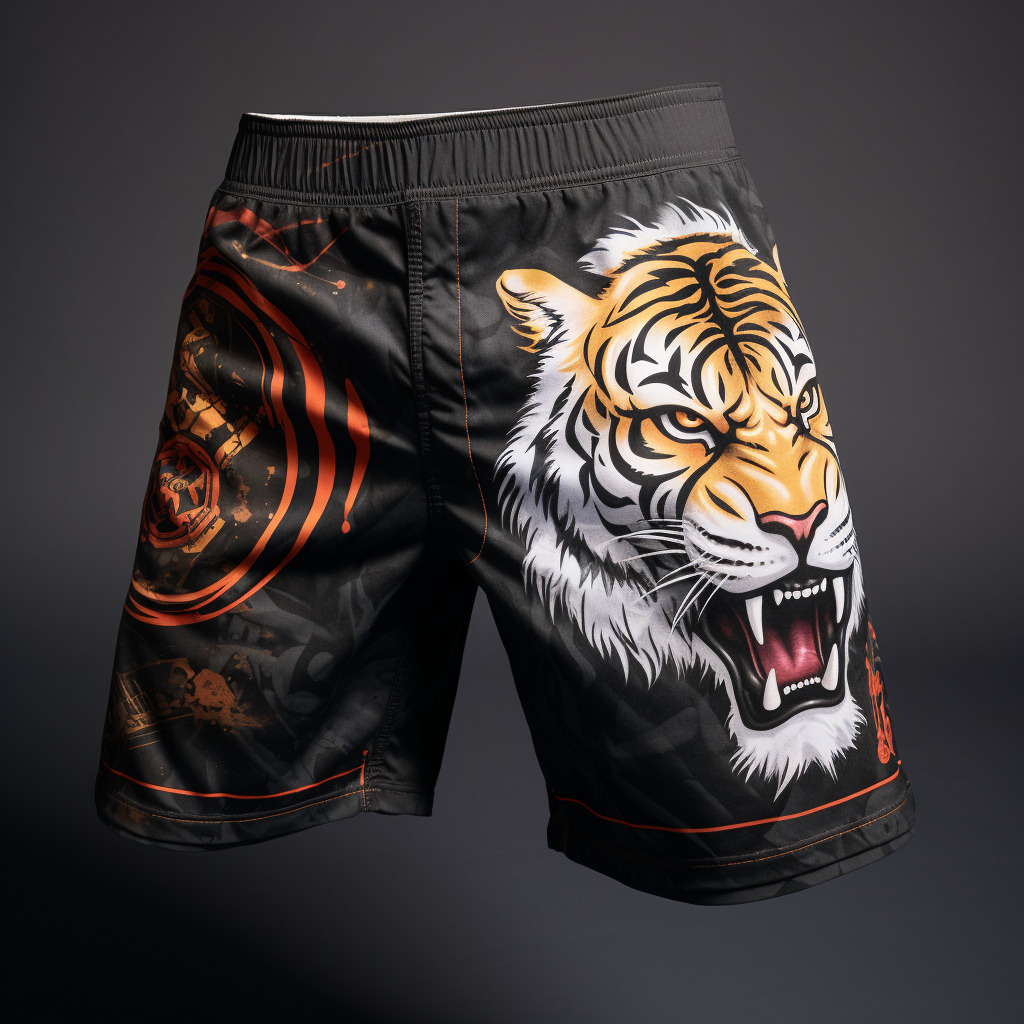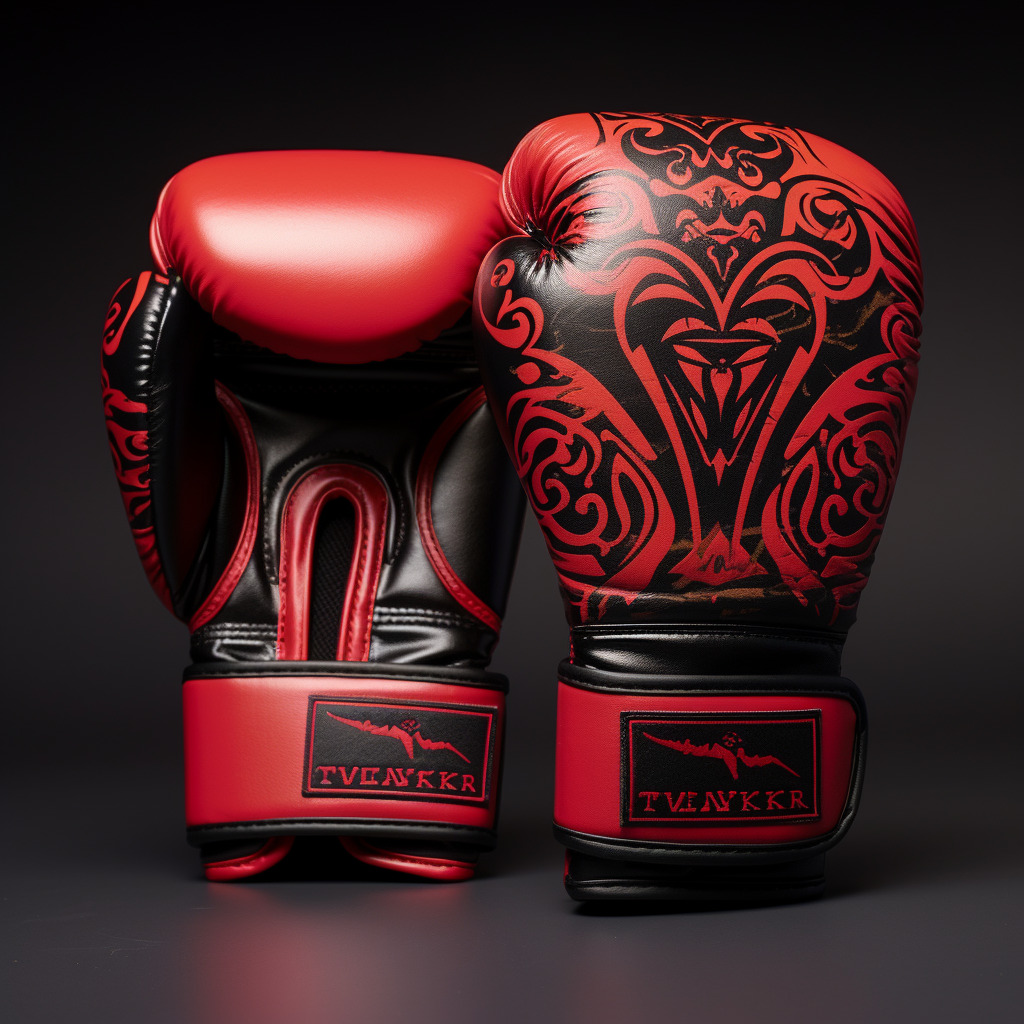Kickboxen erfreut sich weltweit großer Beliebtheit und zieht Millionen von Enthusiasten in seinen Bann. Sie ist eine der wenigen Kampfsportarten, die nicht in Fernost gegründet wurde, der Ursprung liegt jedoch klar in Asien. Sie ist bekannt für Ihre Härte, aber auch für die Effektivität.
Ursprünglich in den 1960er Jahren in den USA als Mischung aus Karate und Boxen entwickelt, hat sich Kickboxen zu einer globalen Bewegung entwickelt.
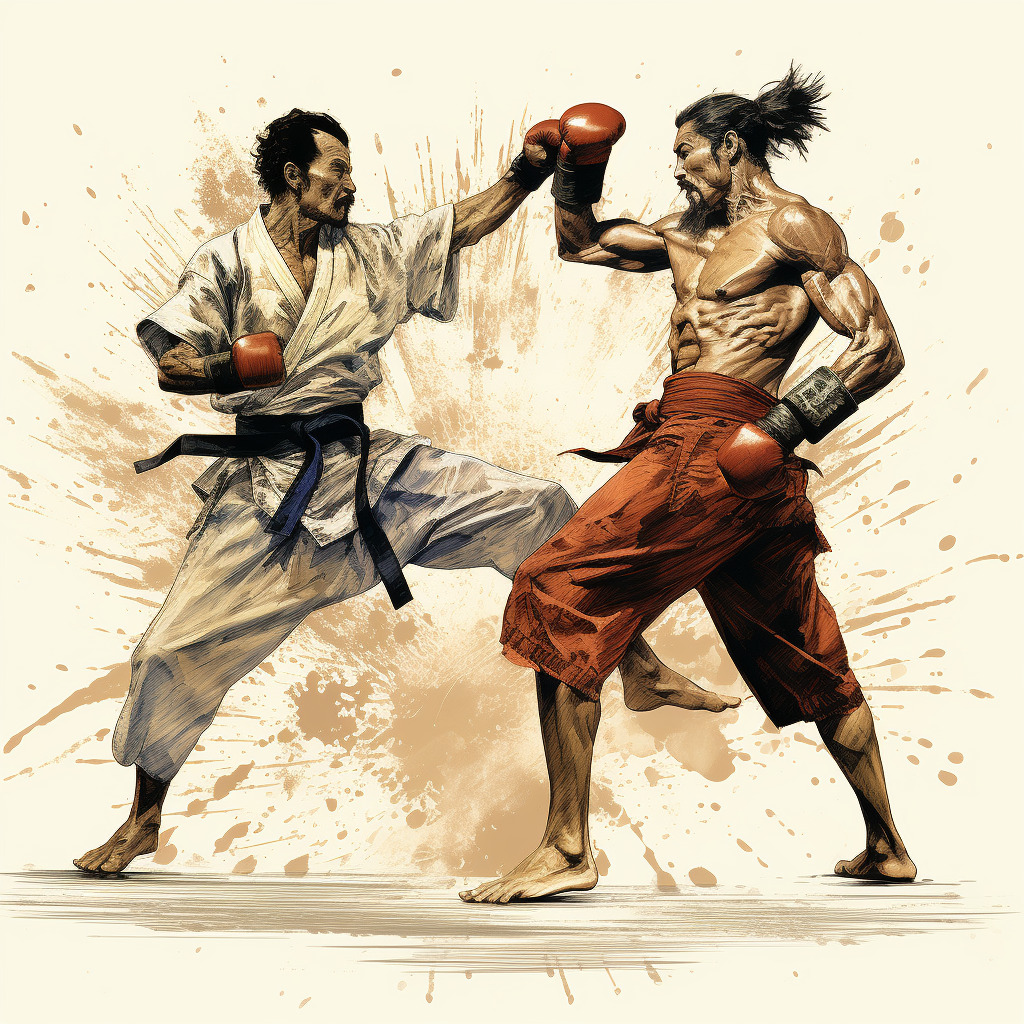
Das Wichtigste auf einen Blick
- Kickboxen ist ein junger Kampfsport, der Elemente aus Muay Thai, Boxen und Co. vereint. Tritt- und Schlagtechniken beherrschen Kickboxen. Würfe und Hebel hingegen sind verboten.
- Kickboxen ist eine weltweit beliebte Kampfsportart mit über 4 Millionen aktiven Praktizierenden. Ursprung in den 1960er Jahren in den USA, als Fusion von Karate und Boxen. Über 1.000 Kickbox-Schulen in Deutschland, was die Popularität der Sportart unterstreicht.
- Kickboxen steht als harter Kampfsport regelmäßig in der Kritik. Allerdings kann der Sport auch zur Verteidigung und Erhöhung der Fitness eingesetzt werden.
- Vielseitige Techniken, die sowohl Angriff als auch Verteidigung abdecken. Besonders effektiv für Selbstverteidigung und bietet zahlreiche gesundheitliche Vorteile. Unterscheidet sich von anderen Kampfsportarten durch seinen Fokus auf Praktikabilität und Vollkontakt.
- Geeignet für eine breite Zielgruppe, einschließlich Frauen und Kinder. Etwa 40% der aktiven Kickboxer sind Frauen, was die inklusive Natur dieser Sportart unterstreicht. Zudem ist Kickboxen bei Jugendlichen besonders beliebt, mit einem Anteil von rund 60% der Mitglieder unter 18 Jahren.
Beiträge & Hintergründe über Kickboxen
Bekannte Sportler & Experten im Kickboxen
Sportler:
- Badr Hari: Ein niederländisch-marokkanischer Kickboxer, bekannt für seine aggressive Kampfweise und mehrere Weltmeistertitel.
- Rico Verhoeven: Ein niederländischer Kickboxer, der mehrfach den Glory Heavyweight Champion-Titel gewonnen hat.
- Giorgio Petrosyan: Ein italienisch-armenischer Kickboxer, der als einer der besten Pound-for-Pound-Kickboxer der Welt gilt.
- Tiffany van Soest: Eine amerikanische Kickboxerin, die mehrere Titel in verschiedenen Gewichtsklassen gewonnen hat.
- Buakaw Banchamek: Ein thailändischer Kickboxer, der in der K-1 World MAX-Serie mehrere Titel gewonnen hat.
Filme:
- Kickboxer (1989): Ein Actionfilm mit Jean-Claude Van Damme, der sich um die Welt des Kickboxens dreht.
- Bloodsport (1988): Obwohl nicht strikt ein Kickbox-Film, hat er Jean-Claude Van Damme in einer Rolle, die viele Kickbox-Elemente enthält.
- Ong-Bak (2003): Ein thailändischer Film, der Muay Thai, eine nahe Verwandte des Kickboxens, in den Mittelpunkt stellt.
Experten und Lehrer:
- Bill „Superfoot“ Wallace: Ein pensionierter amerikanischer Kickboxer und Trainer, bekannt für seine schnellen Beintechniken.
- Don „The Dragon“ Wilson: Ein amerikanischer Kickboxer und Schauspieler, der mehrere Weltmeistertitel gewonnen hat und als einer der Pioniere des Sports gilt.
- Benny „The Jet“ Urquidez: Ein amerikanischer Kickboxer und Trainer, der als einer der ersten die Sportart in den USA populär machte.
Videos: Eindrucksvolle Trainings & Knockouts
Abgrenzung zu anderen Stilrichtungen
Kickboxen hat ein paar wesentliche Unterschiede zu anderen Stilrichtungen, die mit Fußtritten und Faustschlägen geführt werden. Prägend sind die Folgenden:
- Äußerlich sind die Kickboxer auf den ersten Blick von „herkömmlichen“ Boxern zu unterscheiden, da Fußschützer tragen. Diese werden, aufgrund des Verbots von Fußtechniken, im normalen Boxen nicht gebraucht.
- Die Ähnlichkeiten mit dem Muay Thai (Thai-Boxen) können schon deutlich schneller zu Verwechslungen führen, weil diese beiden Sportarten auf manchen Internetseiten zu einer Einzigen verschmelzen. Deutsche Vereine fassen diese auch sehr gern zusammen. Den Unterschied könnt Ihr dadurch sehen, dass Thai-Boxer keine Fußschützer benutzen, sondern höchstens Bandagen. Auch in den regelkonformen Techniken gibt es gravierende Unterschiede, wobei die im Muay Thai erlaubten Schienbeintritte und Kniestöße deutlich gefährlicher sind als die Techniken im Kickboxen.
- Eine weitere Sportart, bei der die Gefahr der Verwechslung besteht, ist das Shootboxen, welches zum Teil direkt aus dem Kickboxen entstand, was die fast schon verblüffende Ähnlichkeit erklärt. Hier sind allerdings Würfe und Aufgabegriffe erlaubt.
Kickboxen ist durch verschiedene Filme (Bloodsport, Karate Tiger 3 und weitere) als rücksichtslose und lebensgefährliche Sportart bekannt. Den Wahrheitsgehalt dieser Tatsache, sowie weitere Details zur Kickboxen Entstehung, den Techniken, dem Training und den Wettkämpfen wollen wir in dieser Kickboxen Wiki beleuchten.
Wettkampfvarianten im Kickboxen
Auch wenn es keine speziellen Kickboxen Stile gibt, unterscheiden sich die Regelwerke der Verbände doch in einigen Punkten, wie zum Beispiel bei der Verwendung Fußfegern oder Tritten gegen die Oberschenkel (Lowkicks). Grundsätzlich könnt Ihr die Wettkampfvarianten allerdings unterscheiden in die Vollkontakt, Semikontakt (Pointfighting), Leichtkontakt und K-1 Rules – mehr dazu im Folgenden.
- Semikontakt: Beim Semikontakt wird nach jedem erfolgreichen Treffer unterbrochen und zur Ausgangposition zurückgekehrt. Diese Variante erinnert stark an das traditionelle Karate und wird genau wie dieses auf einer Matte ausgetragen. Die Stärke des Treffers ist hier nicht wichtig.
- Leichtkontaktkampf: Im Leichtkontaktkampf wird mit voller Schutzausrüstung ebenfalls auf einer Matte gekämpft und nach Treffern nicht unterbrochen. Hier zählt besonders die Kondition, da diese sehr dynamische Art des Kampfes stark an den Kräften zehrt. Die Kraft des Treffers findet auch hier keine Wertung.
- Vollkontaktkampf: Der Vollkontaktkampf ist der Leichtkontaktvariante ähnlich, wird allerdings in einem Ring ausgetragen und mit ganzer Kraft geführt. Daher kann der Kampf hier nicht nur durch Punkte, sondern auch durch K.O. oder technischen K.O. gewonnen werden.
- K1-Regelwerk: Das K1-Regelwerk wurde von der japanischen Kampfsportorganisation „K-1“ geschaffen und bildet das härteste Regelwerk des Kickboxens. Ziel ist es, genau wie beim Vollkontakt, durch K.O. oder Punkteüberlegenheit zu gewinnen, wobei nach den K1-Regeln auch Kniestöße zum Körper oder Kopf erlaubt sind. Tiefschläge oder Würgeangriffe sind allerdings auch hier verboten.
Kickboxen Zubehör
Für ein erstes Probetraining benötigt ihr kein spezielles Kickboxen Zubehör. Wenn ihr jedoch Gefallen gefunden habt, solltet ihr euch notwendige Ausrüstung zulegen.
Verbände und Organisationen
Kickboxen ist weltweit organisiert und es gibt einige Verbände, die sich um die Förderung und Standardisierung dieser Kampfsportart kümmern.
- World Association of Kickboxing Organizations (WAKO): Ein internationaler Verband, der sich auf die Förderung und Standardisierung von Kickboxen konzentriert und Weltmeisterschaften organisiert.
- International Sport Karate Association (ISKA): Ein globaler Verband, der verschiedene Kampfsportarten, einschließlich Kickboxen, fördert und internationale Wettkämpfe ausrichtet.
- Professional Kickboxing Association (PKA): Einer der ältesten Kickbox-Verbände, der sich auf die Professionalisierung des Sports konzentriert.
- World Kickboxing Federation (WKF): Ein internationaler Verband, der nationale und internationale Meisterschaften organisiert und sich auf die Entwicklung des Sports weltweit fokussiert.
- European Kickboxing Federation (EKF): Ein Verband, der sich auf die Förderung von Kickboxen in Europa konzentriert und europaweite Turniere und Meisterschaften organisiert.
- International Kickboxing Federation (IKF): Ein Verband, der sich auf die Förderung von Amateur- und Profi-Kickboxen konzentriert und eine Vielzahl von Veranstaltungen weltweit unterstützt.
- K-1: Obwohl keine traditionelle Verbandsorganisation, hat K-1 als Kickbox-Promotion-Unternehmen einen großen Einfluss auf den Sport und organisiert hochkarätige Events.
- Boxsack Basics: Findet den perfekten Boxsack für euer Heimtraining - 23. November 2023
- Mobbing am Arbeitsplatz: Tipps & Hilfestellungen für Betroffene - 15. November 2023
- Wohnung & Haus effektiv vor Einbruch schützen: 10 Tipps & FAQ - 3. November 2023


